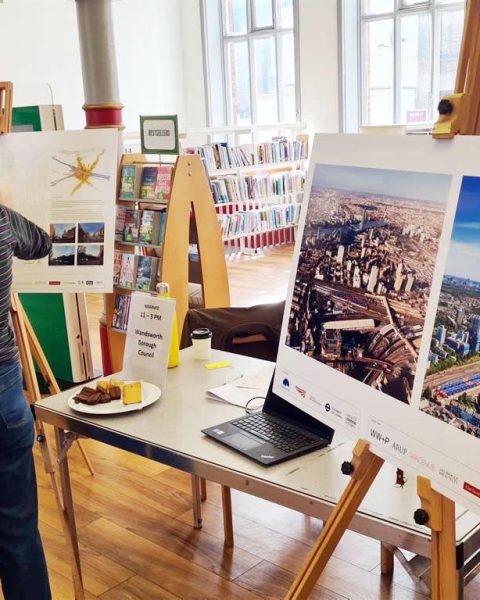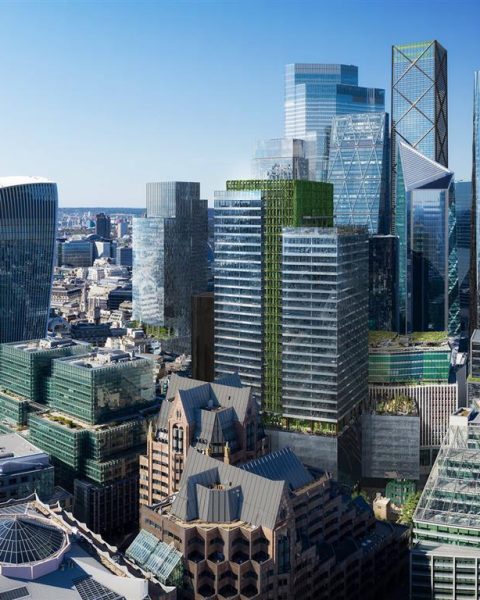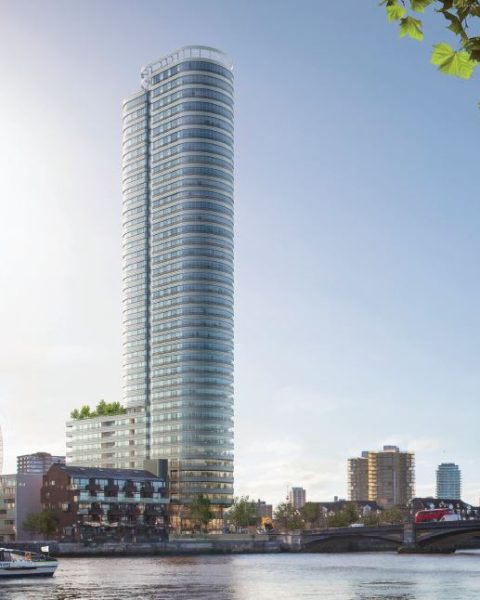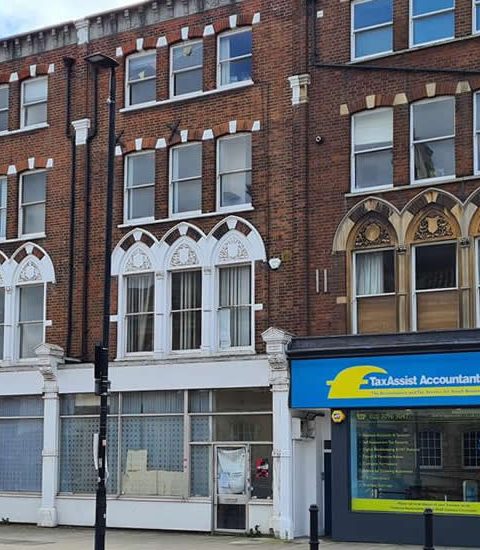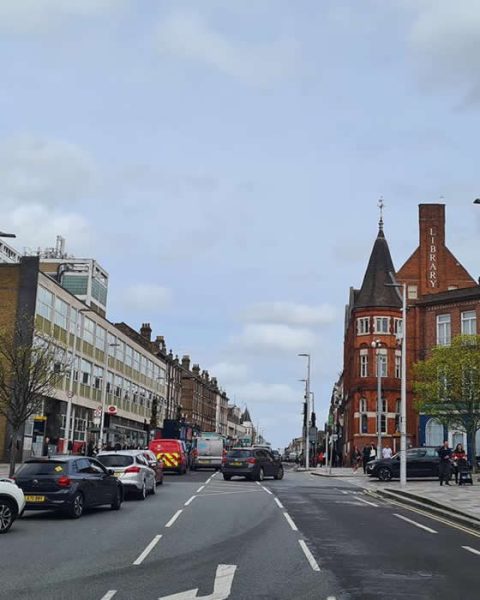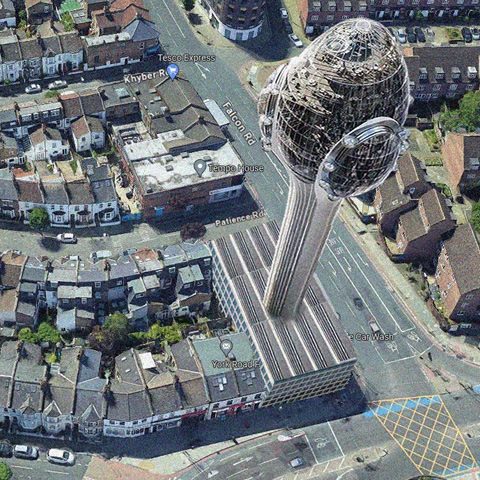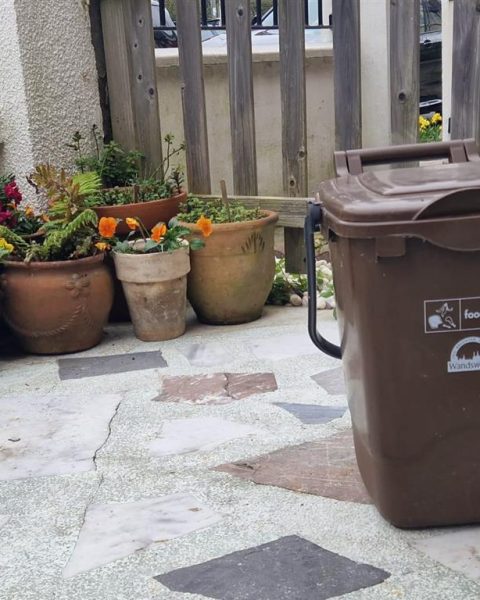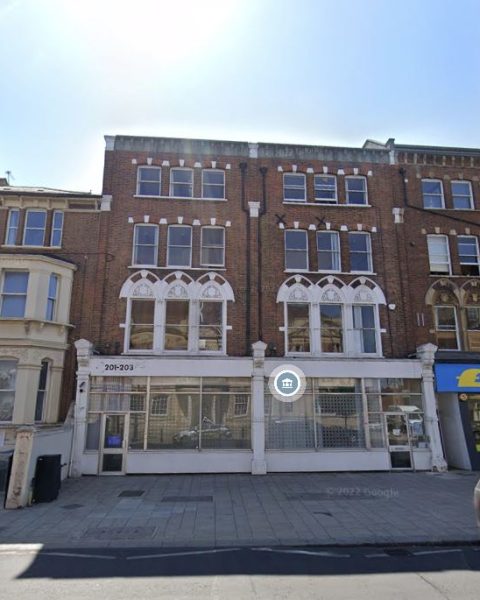Author: Cyril Richert
In a previous article we have shown that the lack of clarity in the Council guidelines for planning (i.e. the Core Strategy) was seen by many developers as encouragement for tall buildings.
However, recent campaigns (Putney towers, Clapham Junction Twin towers, CJ Hotel, Tileman House…) have shown that residents were definitely against those development and they have been asking with constance that their views be considered at the earliest stage of the application process… not only at the last minute in a gambling game of presentations and lobbying.
Despite those concerns, the core strategy document submitted to the Secretary of States is still encouraging looking favourably to the expansion of taller buildings without much respect for their environment:
- Policy PL 12 (p69) “Wandsworth – Higher buildings reflecting the status of the town centre while respecting existing landmark buildings may be appropriate on some sites, such as at the northern end of the Ram Brewery site.“
- Policy PL 13 (p73) “Clapham Junction – Taller buildings could not only help deliver significant regeneration benefits but also give a visual focus to the town centre“
- Policy PL 14 (p78) “Putney – Developments are likely to be at a higher density than existing buildings” [including] “proposals for tall buildings“.
English Heritage has recently published a statement listing 81 conservation areas in London, nearly one in five (1 in 7 in England) , threatened by “neglect, decay or damaging change” and at risk of losing their unique character. It includes Clapham Junction and East Putney in Wandsworth Borough, especially the two areas where apparently efforts are concentrating nowadays to build towers.
English Heritage provides guidelines to local authorities for their role in:
- including policies in local development documents to safeguard the character or appearance of conservation areas;
- developing active conservation area management strategies in conjunction with the local community to provide clear policies and guidance, including Council works to the public realm;
- ensuring that an adequate regime of planning control is in place to manage pressures for unsympathetic change through Article 4 directions reinforced by prompt action against unauthorised changes.
Voices are raising from every direction against the current policy championed by the Council.
Last year, responding to the proposal to erect two 42-storey skyscrapers in Clapham Junction, the Battersea Society was writing:
“The borough council should take the initiative in ensuring that a master plan is produced, as a much more ambitious exercise intended to maximise the potential for regeneration and transport and public realm improvements in the entire area of St John’s Road, Lavender Hill, Falcon Road, St John’s Hill, Grant Road and Plough Road.“
On the recent application for Tileman House, the Putney Society has expressed regret that the council has no clear and detailed planning policies for Putney town centre. They said:
- There is no town centre plan and no specific guidance to suggest where tall buildings would be appropriate.
- The Unitary Development Plan is now elderly and of lessening relevance.
- The new Core Strategy for the Local Development Framework is useful but of limited value.
- There was modest public involvement in its production and it is doubtful whether it has wide public support.
- Its policies are strategic and of limited use in assessing the merits of individual proposals.
No wonder that developers are concerned that they seem to be preparing redevelopment proposals in a policy vacuum and that, as has happened both at Tileman House and, earlier, at the East Putney, ‘Oracle’, Putney Place scheme, their proposals have caused dismay to local residents and also the council. Are the developers being misled by the council’s lack of specific planning policies? It appears so.
It is for the council, as the local planning authority, to produce these background detailed policies: that is what a local planning authority is for.
In similar views, Justine Greening, MP for Putney, said:
“As residents we want the area to be improved and regenerated with jobs, facilities and good quality homes but we are being placed in a position of constantly having to object to piecemeal, inappropriate developments that do not address the needs of the local community. An overall strategy for Upper Richmond Road is required so that developers can be clearer about the principles they are expected to meet.“
Last but not least, Battersea MP Martin Linton called a debate in Parliament to discuss the issue of tall buildings (see here, with videos). During the discussion, Ian Wright (Under-Secretary of State for Communities and Local Government) said:
“Within that broad strategic confine, on every single individual planning application, the views of local people must be invited and given serious consideration.“
“The Government strongly endorse the messages in the revised guidance, which the Commission for Architecture and the Built Environment and English Heritage issued together in 2007, called “Guidance on tall buildings“. The guidance should be given serious and careful attention by all those designing tall buildings and considering their location.“
We urge the Council to revise its Core Strategy document and give guidelines for a clearer and more detailed policy on tall buildings. Broad reference encouraging tall buildings should be replaced, reflecting the views expressed by the local residents; suggestions could be such as:
“The height of the building(s) should fit comfortably with the adjoining buildings; any new building should compliment its neighbours, not ignore them.”
A Design Brief, included in the Supplementary Planning Documents should add details to policies laid out in development plan documents.




